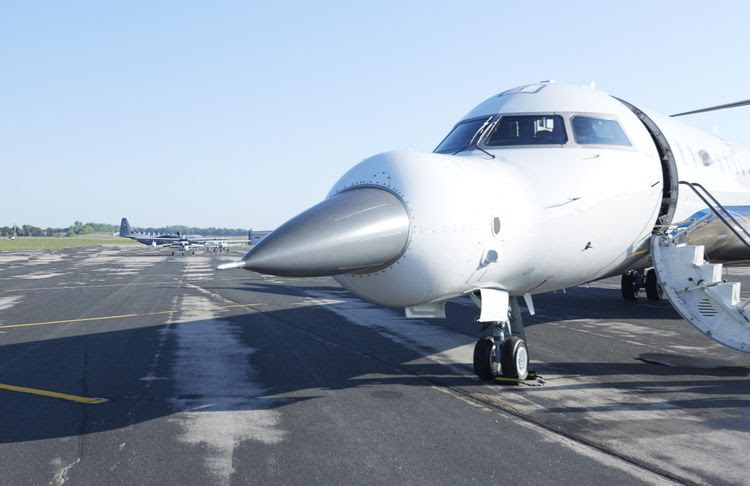Northrop Grumman Corporation’s Next Generation Electronic Warfare (NGEW) system joined the AN/APG-83 Scalable Agile Beam Radar (SABR) for its first test flight at Exercise Northern Lightning to demonstrate full interoperability in a realistic and contested electromagnetic spectrum environment.
To continue reading the rest of this article, please log in.
Create free account to get unlimited news articles and more!
Flying on the company’s test bed aircraft, NGEW and SABR demonstrated full pulse-to-pulse, multi-function interoperability in a contested operational environment. With SABR successfully engaging multiple air and ground targets, NGEW detected and identified a range of advanced threats, employing advanced jamming techniques capable of defeating those threats when required.
When an EW system and a radar are able to work together fully, as demonstrated with NGEW and SABR, pilots can take advantage of capability without compromise, according to James Conroy, Northrop Grumman vice president of navigation, targeting and survivability.
“With the radio frequency (RF) spectrum becoming increasingly contested, this critical set of capabilities will support the F-16 for many years to come,” Conroy added.
At the exercise, the two systems faced a high-density radio frequency environment generated by the Volk Field Combat Readiness Training Center, Joint Threat Emitters. These threat emitters allowed Northern Lightning participants to fly missions under conditions representative of near-peer electromagnetic spectrum environments.
NGEW leverages an open-systems, ultra-wideband architecture, providing the instantaneous bandwidth needed to defeat modern threats.
This F-16 system is designed as part of a mature product line of electronic warfare capabilities that can be adapted to virtually any platform. An F-16 will fly with the safety of flight-certified NGEW system in the summer of 2022.
Building on a 40-year legacy of producing radars for the F-16, Northrop Grumman aims to provide the SABR APG-83 Active Electronically Scanned Array (AESA) fire control radar for the F-16 with advanced capabilities derived from Northrop Grumman’s family of fifth-generation fighter AESA radars.
The greater bandwidth, speed and agility of the APG-83 enables the F-16 to detect, track and identify a greater number of targets faster and at longer ranges. Northrop Grumman also designed the system to feature all-weather, high-resolution synthetic aperture radar mapping to present the pilot with a large surface image for more precise target identification and strike compared to legacy systems.
The agreement was issued under SOSSEC Consortium’s Air Force Open System Acquisition Initiative (OSAI) Other Transaction Agreement (OTA) for prototyping.
Northrop Grumman has indicated it will continue to team with non-traditional defence contractors for the execution of this OTA project.
[Related: Army personnel recall harrowing Kabul evacuation experience]

 Login
Login







